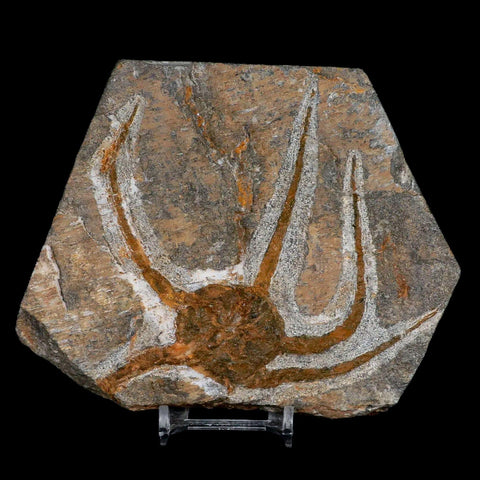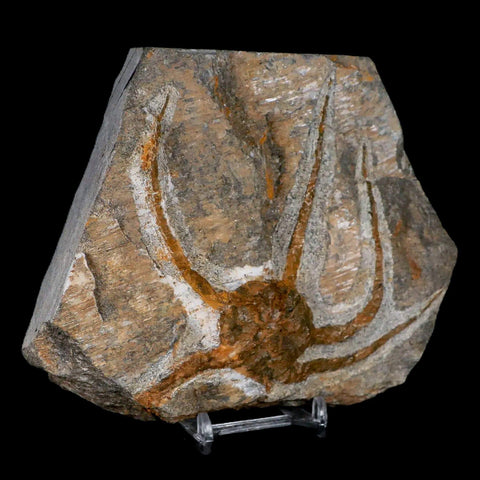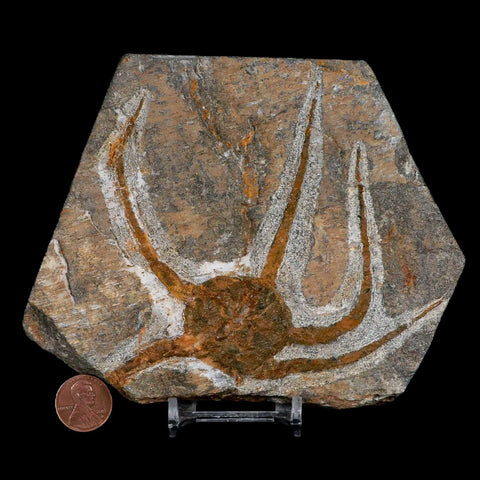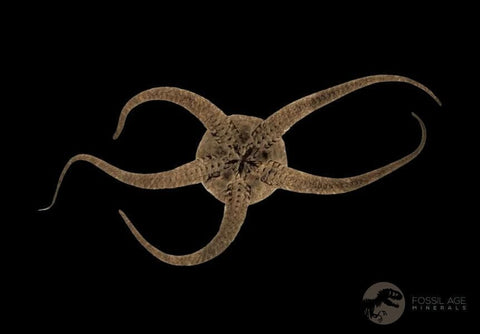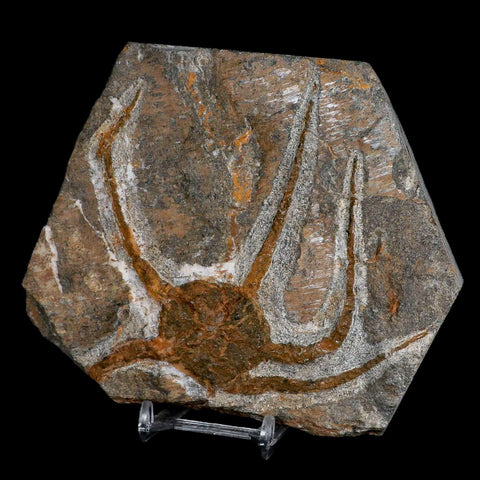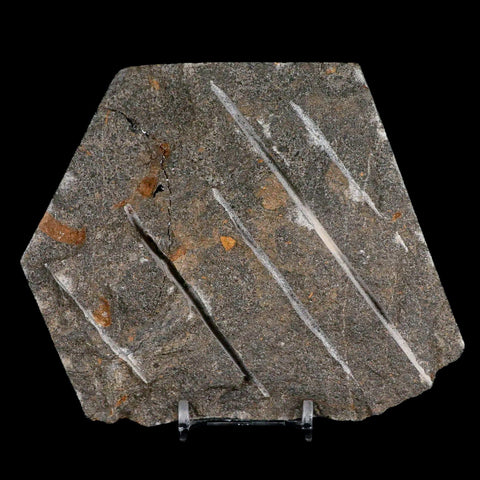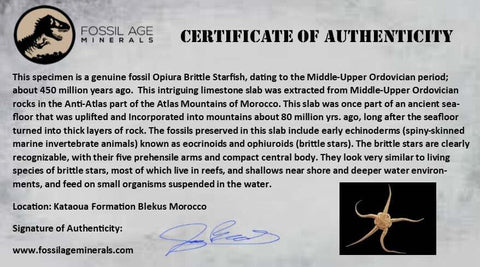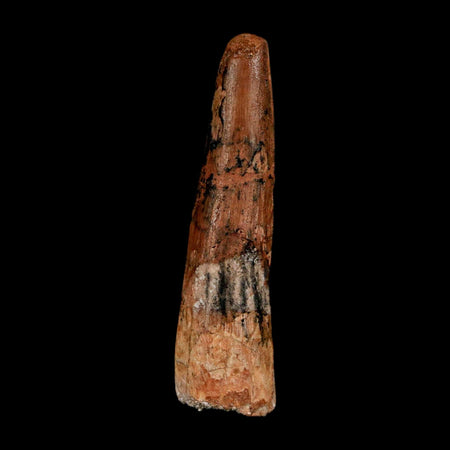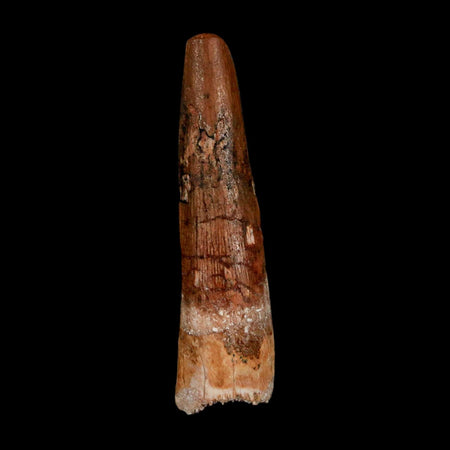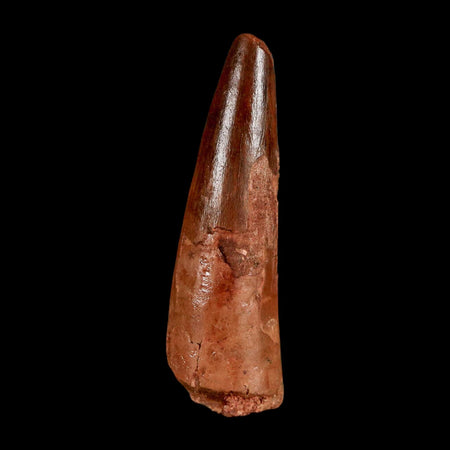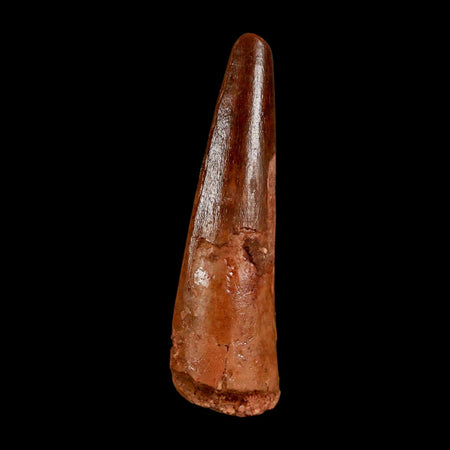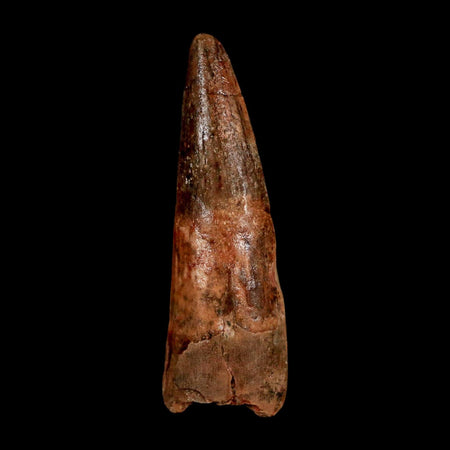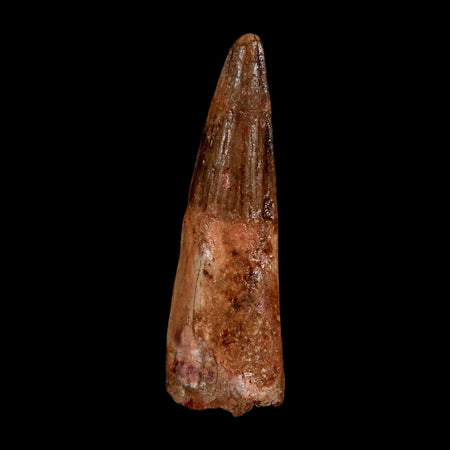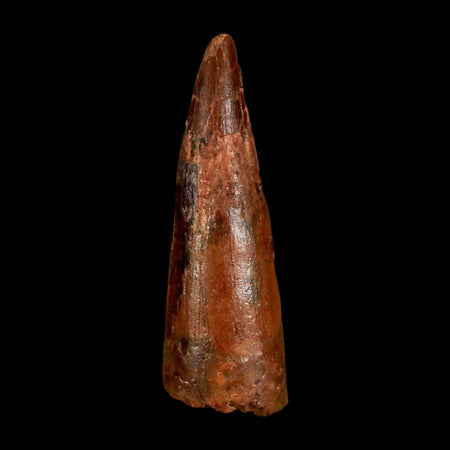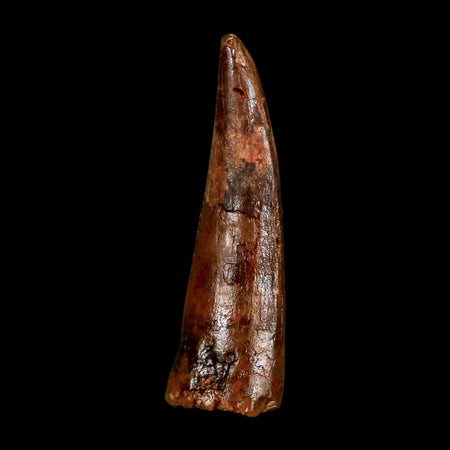4.3" Brittle Star Ophiura Sp Starfish Fossil Ordovician Age Morocco COA & Stand
Location: Kataoua Formation, Blekus, Morocco
Weight: 1 Pound 8.6 Ounces
Dimension: 5.7 Inches Long, 4.5 Inches Wide, 1.2 Inches Thick (Plate)
Starfish Dimensions: 4.3 Inches Long, 4 Inches Wide
Comes with a Certificate of Authenticity.
Comes with a Free Stand.
The item pictured is the one you will receive.
Brittlestar Ophiura Sp
This intriguing limestone slab was extracted from Middle-Upper Ordovician (about 450 million years old) rocks in the Anti-Atlas part of the Atlas Mountains of Morocco. This slab was once part of an ancient seafloor that was uplifted and incorporated into mountains about 80 million years ago, long after the seafloor turned into thick layers of rock.
The slab preserves fossils of primitive echinoderms, including echinoids and ophiuroids (brittle stars). The brittle stars are clearly identifiable by their pentaradial, prehensile arms and compact central disc, closely resembling extant ophiuroids inhabiting reef, shallow coastal, and deeper marine environments where they capture suspended planktonic organisms. The eocrinoids present are notable for their elongated, slender stems terminating in arm-like structures, likely representing Ascocystites—a suspension feeder that filtered microorganisms from the water column. Although termed “eocrinoids,” these taxa are morphologically distinct from crinoids (sea lilies) and are not closely related, yet like crinoids, their stem morphology facilitated substrate attachment and elevation above the benthic zone.
There appear to be several larger individuals along with several much smaller ones. Those smaller animals may be juveniles of the larger form or a different species. Do you notice how the smaller individuals often seem to be in close contact with the brittle stars? We are often led to wonder whether the brittle stars were feeding on the smaller echinoids.

Please be aware of the nature of fossils:
Being buried under the ground for millions of years under tons of pressure tends to be rough. No fossil comes out of the ground whole and perfect. Most fossils have undergone some restoration, while others are altered by man simply to enhance their presentation in different ways. The workers in Morocco do a very professional job of unearthing and preserving these natural treasures. These are part of the natural beauty of the fossil and are not considered defects.


